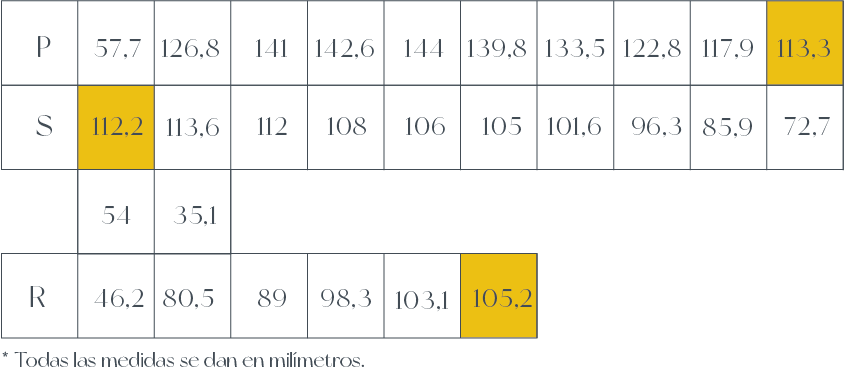Adult male specimen
1.- Left wing primaries. 2.- Primaries. 3.- Details of P10. 4.- Details of the outer vane of outer primaries. 5.- Details of the tip of the inner primaries. 6.- Details of the tip of the outer primaries. 7.- Details of P1. 8.- Details of P1. 9.- Details of the tip of P2. 10.- Details of the inner vane of P3. 11.- Left wing secondaries and tertials. 12.- Secondaries and tertials. 13.- Details of S1. 14.- Details of S2. 15.- Tertials. 16.- Details of the tip of the secondaries. 17.- Details of the outer vane of the secondaries. 18.- Left wing primaries, secondaries and tertials. 19.- Left wing primaries, secondaries and tertials. 20.- Details of the primary coverts. 21.- Details of the greater coverts. 22.- Primaries, secondaries, tertials. Primary coverts and greater coverts (G, M and L). Alulas. 23.- Details of the secondary coverts. 24.- Primary coverts. 25.- Greater coverts. 26.- Alulas. 27.- Rectrices. 28.- Rectrices. 29.- Rectrices + uppertail coverts. 30.- Details of the uppertail coverts. 31.- Details of the uppertail coverts. 32.- Details of R6. 33.- Uppertail coverts. 34.- Details of the tip of the rectrices. 35.- Details of the tip of the rectrices. 36.- Details of the rectrices. 37.- Rectrices + undertail coverts. 38.- Details of the undertail coverts. 39.- Undertail coverts. 40.- Left wing primary infra-coverts. 41.- Mounting of the back feathers. 42.- Back feathers. 43.- Mounting of the rump feathers. 44.- Rump feathers. 45.- Chest feathers. 46.- Mounting of the chest feathers. 47.- Crown feathers. 48.- Crown feathers.


